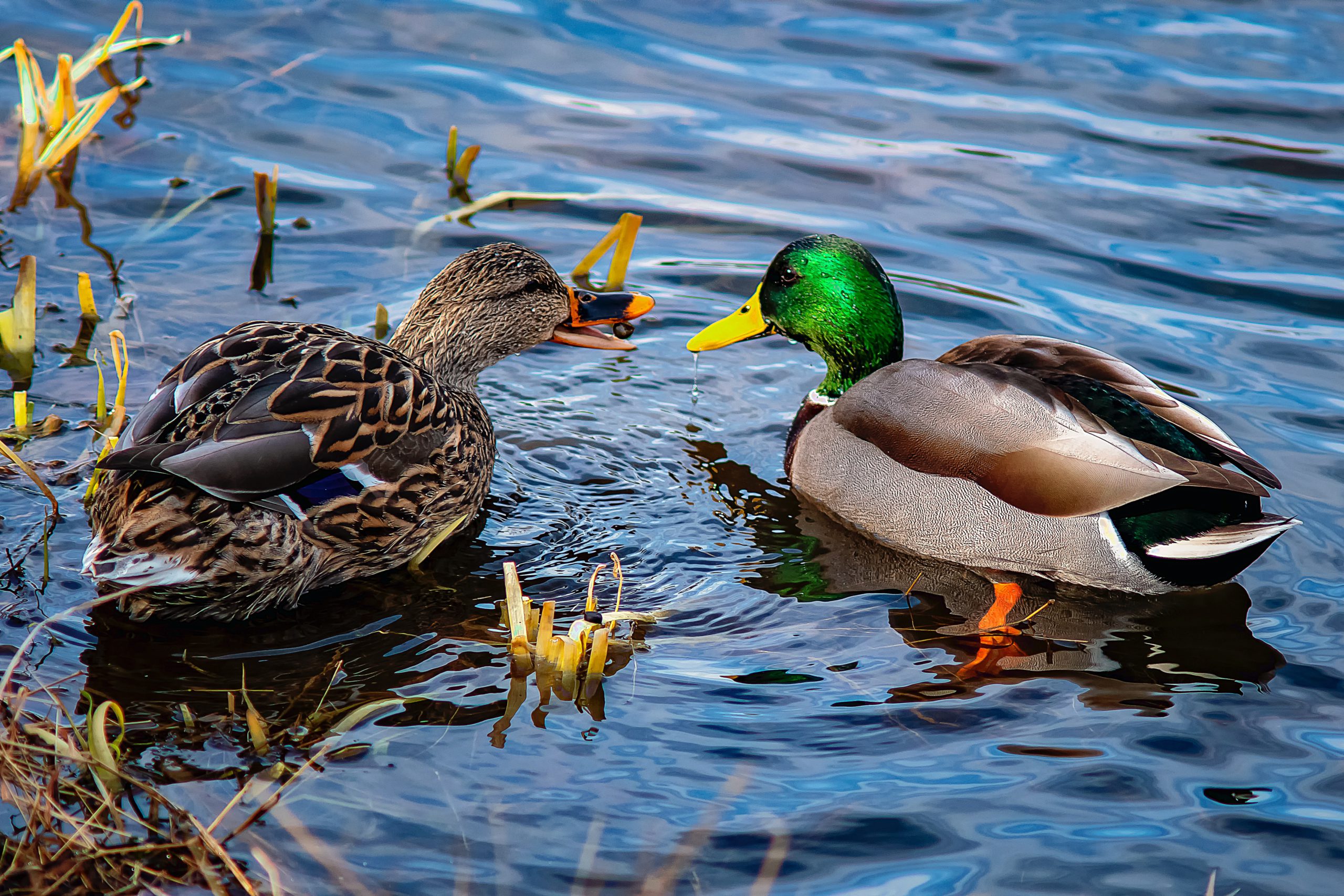The climate and hunting – Why are the ducks ducking Missouri?

If you’ve regularly spent time hunting ducks in Missouri, you’ve likely noticed unusual shifts in their migration patterns in the last couple of years.
Migration changes aren’t terribly unusual in general. Continuous adaptation to variable hunting seasons is a regular element of the sport – more ducks, less ducks, ducks here one year, there another.
But nonetheless, recent changes have stood out to hunters looking up at ducks flying higher overhead through Missouri and making fewer stops in the state.
“The last, I think, four or five years we’ve been hearing the duck numbers are up 20%, that it’s going to be the best duck hunting year ever,” said Brett Goldschmidt, a member on the Board of Directors of the Missouri Sportsmans Club. “That just hasn’t been the case. And no one really knows what the real story is.”
There’s an ostensible consensus that that story, of the ducks’ disappearing act, isn’t a straightforward one. Many factors feed into the waterfowls’ decisions on where to go and when.
Mike Brasher, a waterfowl scientist with Ducks Unlimited, said these factors can manifest in the form of changes to the landscape through wetland drainage or agricultural expansion, or more local factors such as wetland food resources or hunting pressure.
Many hunting organizations, like the Missouri Sportsmans Club or Ducks Unlimited, have conservation initiatives and staff working on preserving wetland habitats and address threats to the populations – to help keep the game around.
But another big and even more difficult-to-address component informing migration behavior, and overall wildlife populations, is the climate. Climate change is a long-term, wide-reaching shift, prompting similar sweeping shockwaves through wildlife populations, like Missouri’s ducks, and practices like hunting.
It’s difficult to pinpoint the exact effect of climate change according to University of Missouri professor Thomas Bonnot. At this point, his field is focusing largely on taking comprehensive vulnerability assessments of species to determine how affected they may be by the changing climate. These assessments again are made difficult by the many hard-to-separate factors that go into species’ sustenance and resilience.
Vulnerability to climate change is made up of three factors, explained Bonnot – how exposed the species is to the change, how sensitive the species is to changes in the environment and what the species’ adaptive capacity is.
Some species may be in more peril than others, said Bonnot, but no wildlife will truly escape a change as large as the unprecedentedly fast increase in extreme weather and climate-related events and shift in average temperature.
“Communities in Missouri and the wildlife species that are within those communities have evolved and have adapted to a certain set of conditions,” said Bonnot. “In some ways, all species are dependent on climate and can be affected by climate change.”
These effects can take many routes, from threats of a lower physiological ability to handle higher temperatures, to extreme weather’s destruction of habitats, to changing long-term climate patterns’ effect on breeding patterns – or migration patterns.
Goldschmitt, as an avid Missouri hunter, has witnessed the duck game fly away – or more accurately fly right over Missouri.
“The numbers are just lower,” said Goldschmitt. “We still see them – we just see them migrating really, really high in the St. Charles-Old Monroe area, which is the area you usually hunt for duck.”
On a national level, there are data that show bird ranges are shifting north and occurring one to two weeks earlier in the year, said Bonnot. There’s been an on-going loss of wetland habitats and surface water in general, which waterfowl species like ducks depend heavily on.
Brasher said the ducks’ migration in particular is known to be affected by three variables related to climate change – temperature, precipitation and snowfall. All three factors influence when their habitat and food resources are available in different locations.
“On average, we’re seeing conditions become more favorable for certain duck species to hang out at more northern latitudes for longer, but we’re also seeing increased variability from one year to the next,” he said, citing recent polar vortex disruptions as examples of this extreme variability.
And different species of ducks are more sensitive to changes, said Brasher. Variability that may have Missouri drawing the short straw.
“If you want to talk about the duck species that is most important to hunters in Missouri and Arkansas and your surrounding states, it’s going to be the mallard,” Brasher said. “And they are the duck species that is going to be affected most, or among the most, by these changes in weather.”
Hunters’ relative difficulty finding a duck to shoot in Missouri these days makes sense. But the climate-related changes these mallards are extra-sensitive to – available resources, habitat conditions and the like – aren’t specific to them alone.
As the pervasive impact of climate change sets in further, more game in Missouri will likely start to go the way of the duck — because of any number of the many climate-related threats, more difficult to hunt.
Grace Zokovitch, reporter, is a senior at Mizzou studying investigative print and digital reporting, as well as economics.
